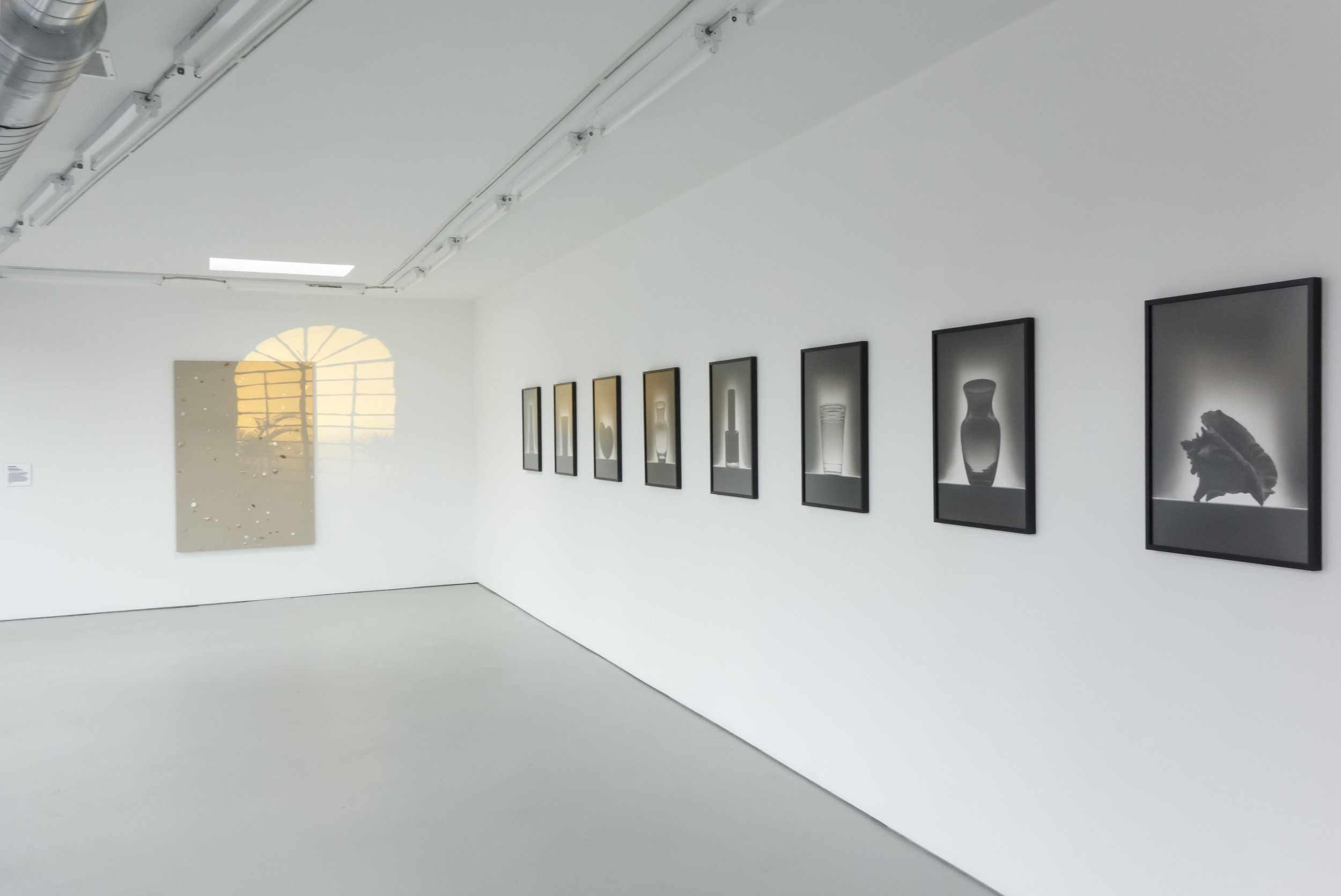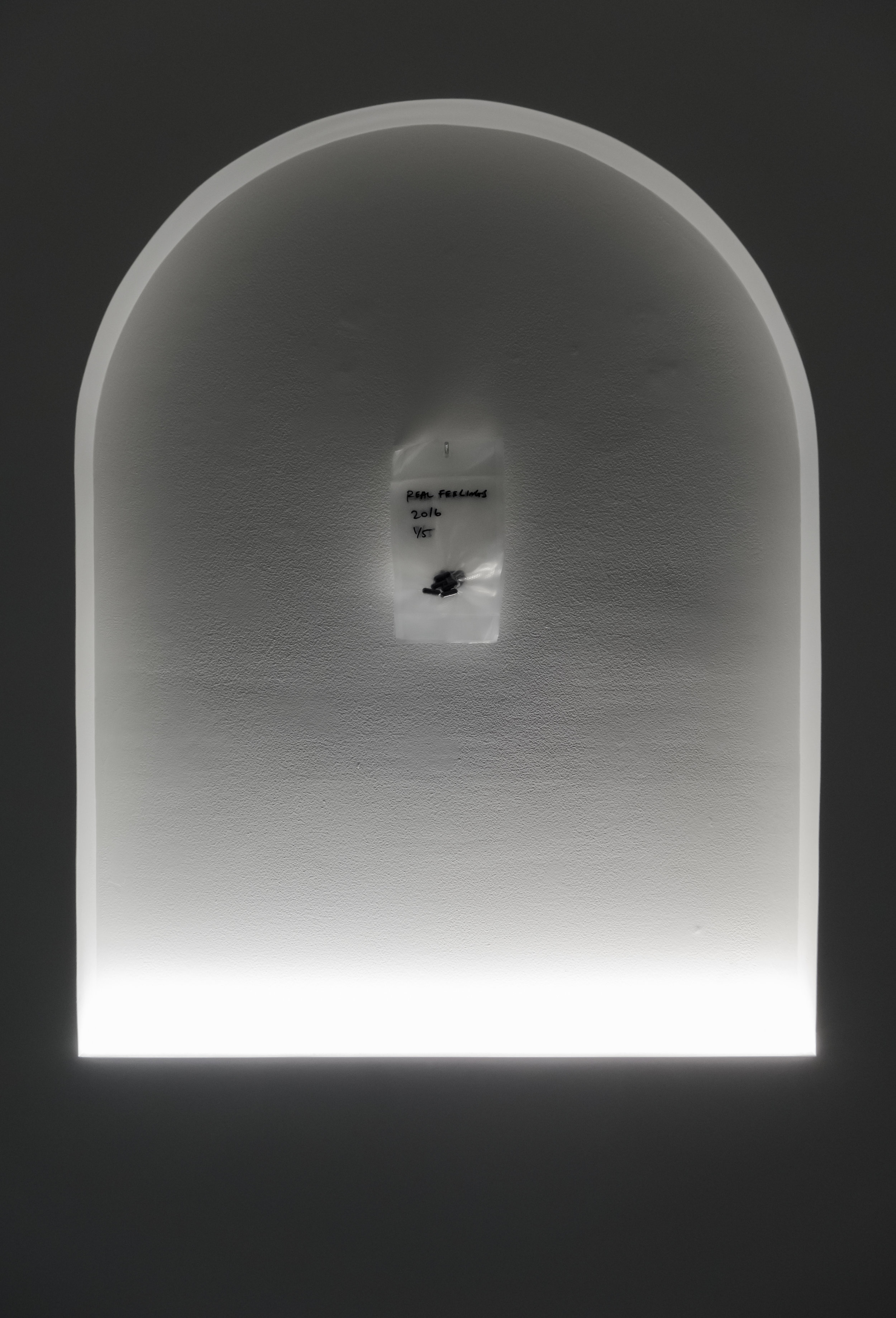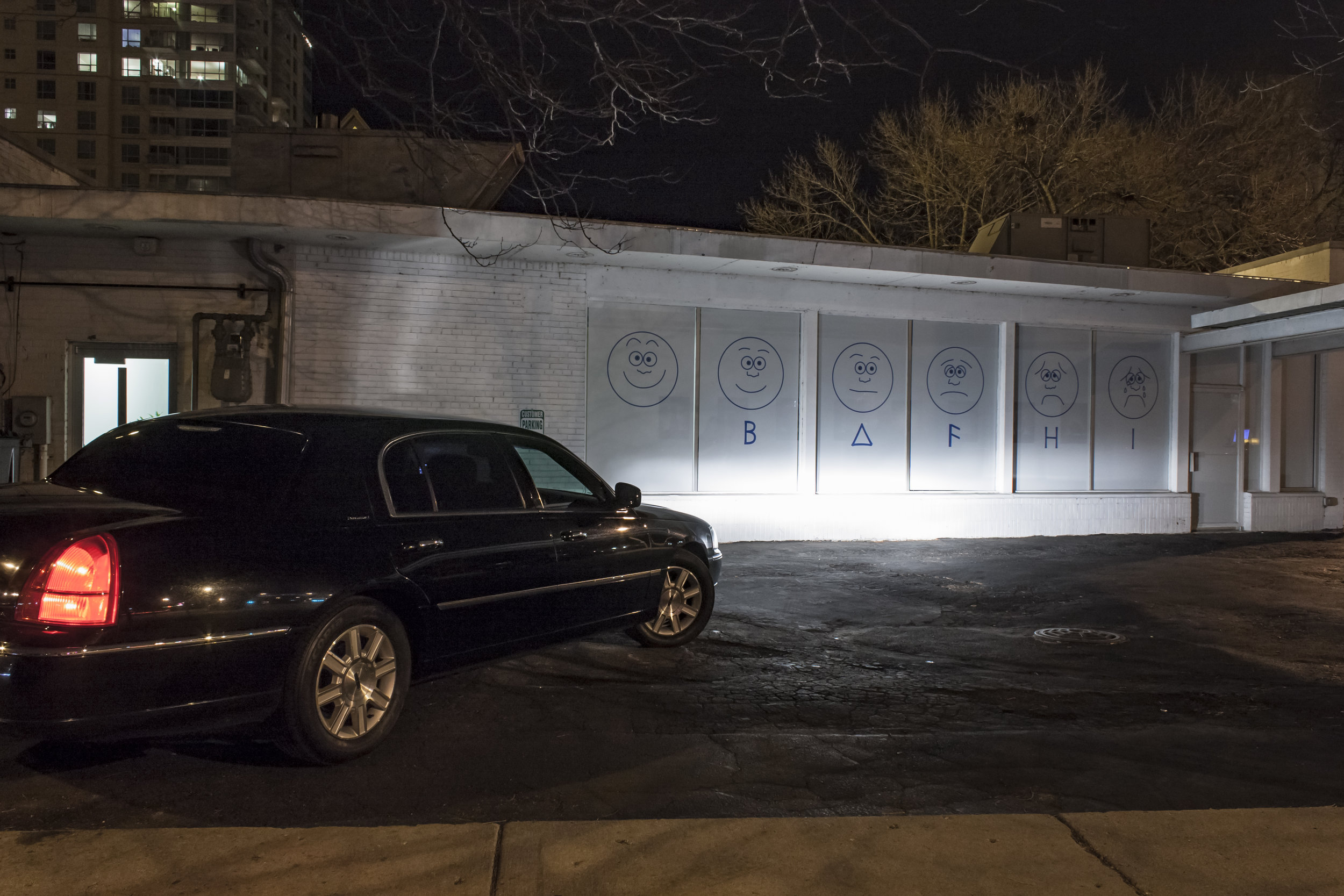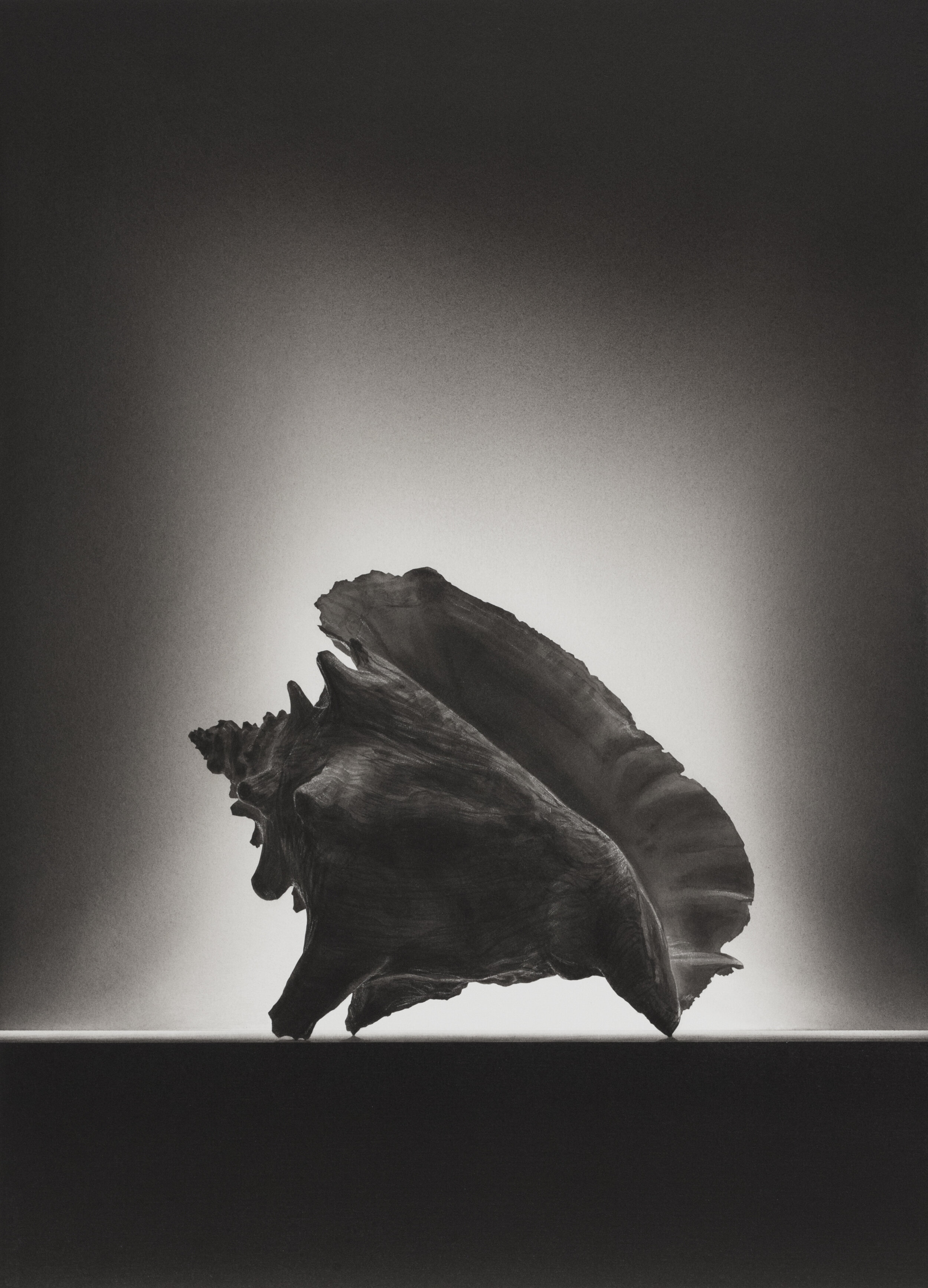The Work of Evan Gruzis by Nathan Everett Engel
[Written for Drop Shadow at The Columbus Museum of Art, 2019]
What would cultural production look like if we could step outside of it? Although it may seem strange to ask, I think that the question is central to any discussion of Evan Gruzis and his practice. To illustrate this, allow me to outline painting’s cultural function from a macroscopic perspective. At the most basic level, the system at the heart of Western painting (and by extension, most contemporary visual culture) can be described as the simulation of all possible configurations of light on a two-dimensional picture plane. A second system exists within the first like a sort of shadow: a propulsive urge, grounded in materiality, to unmake the image and reveal the raw matter that constitutes it. In turn, this act of revealing generates yet another image. We can now begin to see the dialectic constituting both processes in their totality come into focus, not so much marching as churning inevitably forward. Painters who dedicate themselves to the process of unmaking and revealing do not dismantle the primary system of painting, but instead strive to redeem it.
At first glance, the work of Evan Gruzis seems to be comfortably situated within the first system I’ve described. In his formative work from the late aughts, pop cultural ephemera are reproduced in immaculate detail through precise technique, lit in a manner more in keeping with the standards of commercial photography than contemporary painting. Even the artist’s materials reject typical painterly association: the modestly-scaled ink paintings on paper in the Pizzuti Collection of CMA exhibition feel like they could be mistaken for posters if they were more casually hung. In terms of tone, good taste is replaced by a decidedly non-heroic, almost casual mining of collective nostalgia (a sensibility which would come to define vaporwave a few years after these works were created). The work starts to feel like an advertising campaign that’s come unhinged from the rules of commerce and the constraints of time: one can imagine endless reconfigurations of objects within this eerily lit space, a potentially infinite chain of products awaiting consumption. This alienation from the normal flow of time comes to the foreground in Perfect (2008): an obsolete digital clock face hovers against a vibrant gradient while stuck at 88:88, endlessly waiting to be set.
Any initial appearance of aversion to classical painterly tropes is misleading; art historical references abound here. This is perhaps most clearly present in Bouquet of Flowers in an Urn (After Jan van Huysum), Gruzis’ homage to the Dutch Baroque artist mostly known for his paintings of flowers. Further examination of Van Huysum’s practice provides an invaluable point of entry into a deeper understanding of Gruzis’ relationship to the continuum of cultural production. In a 2008 interview with Carter Foster for The Journal, Gruzis described his interest in Van Huysum’s Bouquet of Flowers in an Urn (1724) and his desire to re-contextualize it within contemporary discourse:
“I was working at the LA County Museum [of Art] and I actually hung that painting. It has all of these flowers that bloom out of season with one another in the same bouquet. It’s an impossible bouquet. So, by taking that idea of impossibility and by turning the still life into a silhouette — an artifice that negates the original — the work becomes a double artifice. I wanted to re-aestheticize that painting.”
Where Van Huysum’s flower paintings first appear to contemporary viewers as masterfully-rendered naturalistic still lifes, they actually depict flowers which would have been impossible to keep in bloom simultaneously. Instead, Van Huysum rendered still lifes that, at least at the time, could only exist in the virtual space afforded by painting.
The relationship between the virtual and the actual articulated by Van Huysum provides us with an excellent position from which to explore Gruzis’ work in more depth. Like Van Huysum before him, Gruzis knowingly operates as a producer of images first and foremost while sublimating the object status of the works produced. However, these are images that suggest their own unwinding. The objects depicted ultimately reveal themselves to be arbitrary, while the latent possibility space which contains them takes on the utmost importance. Gruzis’ language concerning his own work reinforces this reading: he frequently describes the objects and figures he foregrounds as ‘ghosts’ or ‘liminal actors.’ Rather than standing for the objects they depict, his figures operate as intermediaries, guiding the viewer from one position to another. These are paintings which point outside themselves, or perhaps more accurately, behind themselves.
Much of Gruzis’ work over the past decade has discarded foregrounded objects altogether, instead focusing on stage lighting itself. Many of these more recent works self-reflexively invoke the conditions of viewership, increasingly taking on the form and appearance of constructed situations or theatrical sets. Perhaps the most notable example of this trend, Time isn’t passing…Y– (Corona Borealis), 2016, is a work which hovers somewhere between painting and full–fledged installation. What at first appears to be a cluster of sea-shells arranged on canvas also subtly implements video projection and sound to generate a vaguely tropical ambience. If the viewer turns to the wall text for an explanation of this scene, they will discover that it’s been blurred to the point of illegibility. If the look is still Pop, the feeling is now decidedly Brechtian. In other words, Gruzis suggests that the ‘fourth wall’ of stage and cinema is also present in the gallery experience. In this work and others, he attempts to break through it.
Having pointed his viewers outside of the possibility space afforded by the system of painting (at least as it is traditionally understood), Gruzis has begun to venture increasingly beyond it himself, questioning the phenomenological conditions which form the possibility for the system’s very existence. This extended position is perhaps most clearly articulated in Real Feelings, a recent edition of psychotropic compounds encased in gelatin capsules: it is an artwork which must be ingested to be experienced. What are we to make of individual neurochemistry as a site for aesthetic intervention? Perhaps just as assemblage extended the logic of painting to suggest the inevitability of all possible rearrangements of objects, this pharmacological turn suggests painting’s ultimate extension into the simulation of all possible subjective experience. If that’s the case, any hope of eventually apprehending cultural production from the outside seems increasingly untenable. Gruzis suggests that art is indeed merging with daily life, but certainly not in the way that past avant-gardes imagined. With all possible experiences transformed into commodities available for consumption, one can imagine that words like ‘progress’ and ‘history’ will themselves be rendered obsolete. Instead, we will be left with a world where Dutch still lifes and digital readouts alike float untethered from their original contexts, andwhere everything seems to move both incredibly quickly and sit perfectly still.
Evan Gruzis and Martin Murphy, Angry Collector, 2016
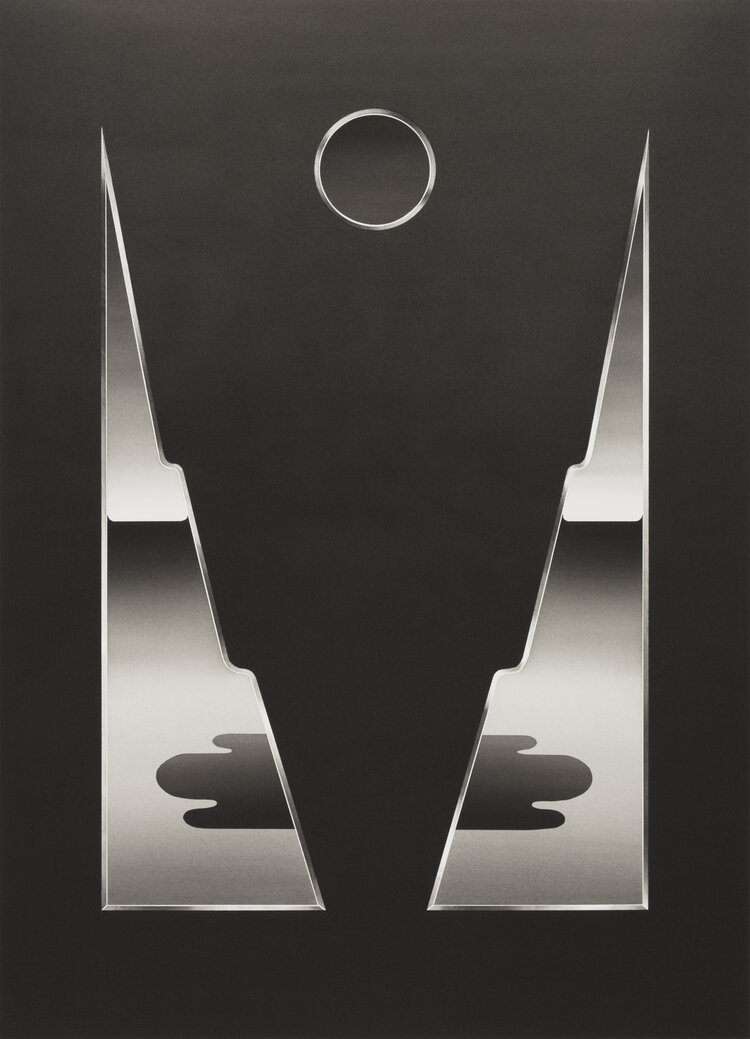
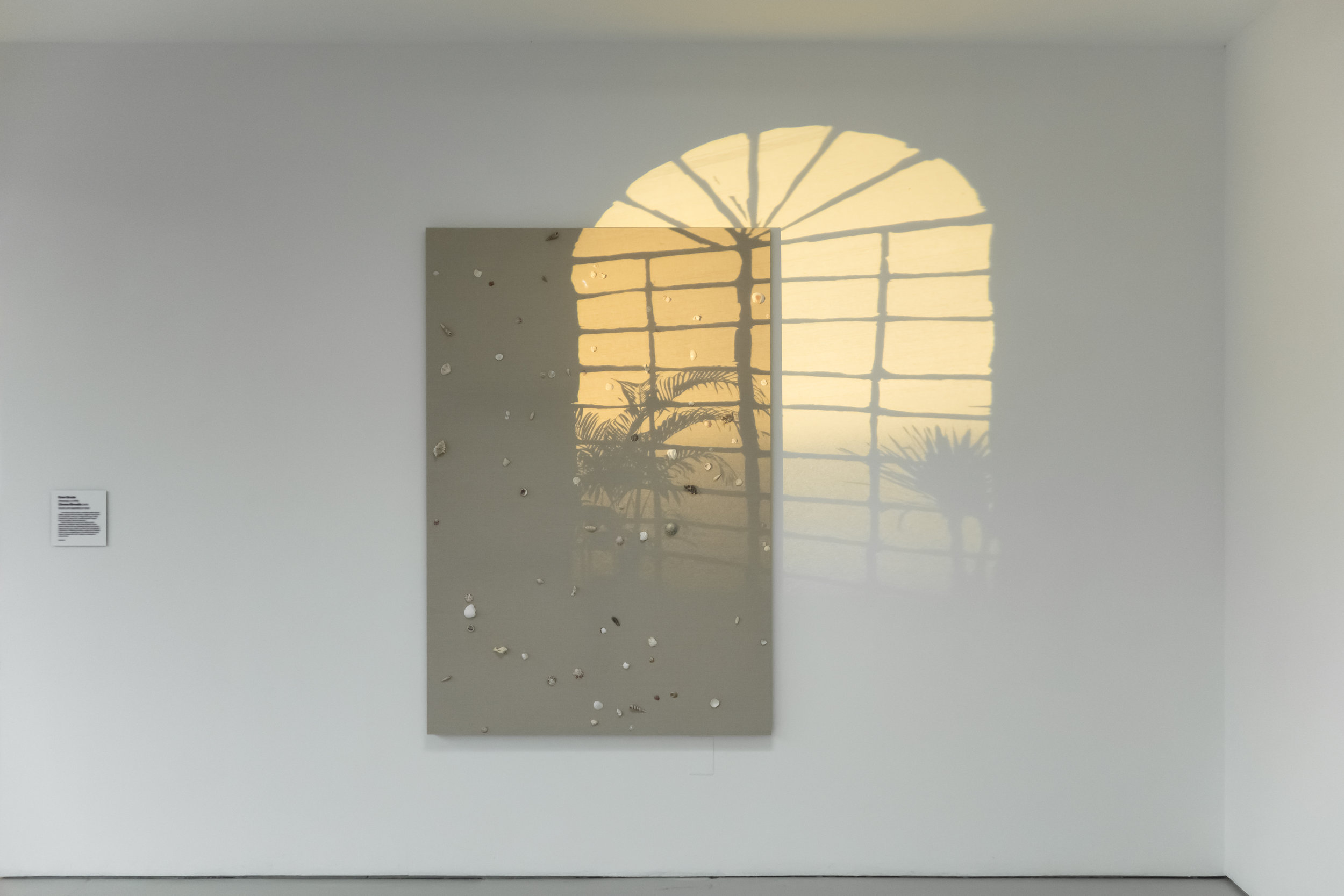
![EG_16_012[detail].jpg](https://images.squarespace-cdn.com/content/v1/52851908e4b0187a2d3fb8ca/1482422170066-NQ1R8T7YLH1XA7TEUFQD/EG_16_012%5Bdetail%5D.jpg)
![EG_16_012[detail2].jpg](https://images.squarespace-cdn.com/content/v1/52851908e4b0187a2d3fb8ca/1482422181389-41QU8JKU715ITOW69YJX/EG_16_012%5Bdetail2%5D.jpg)
